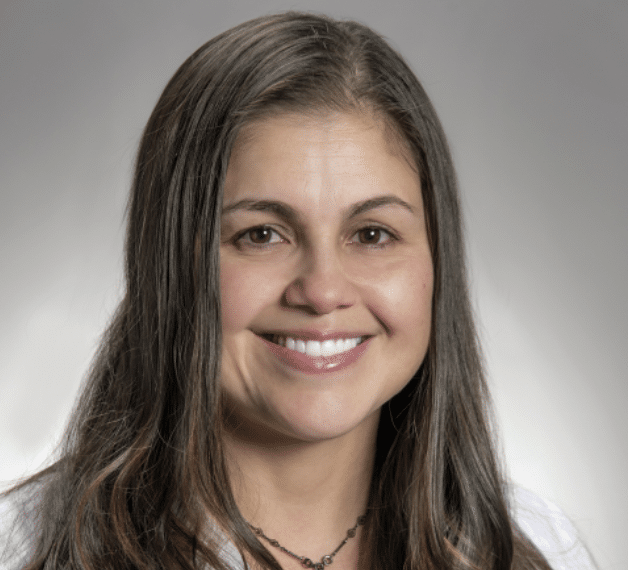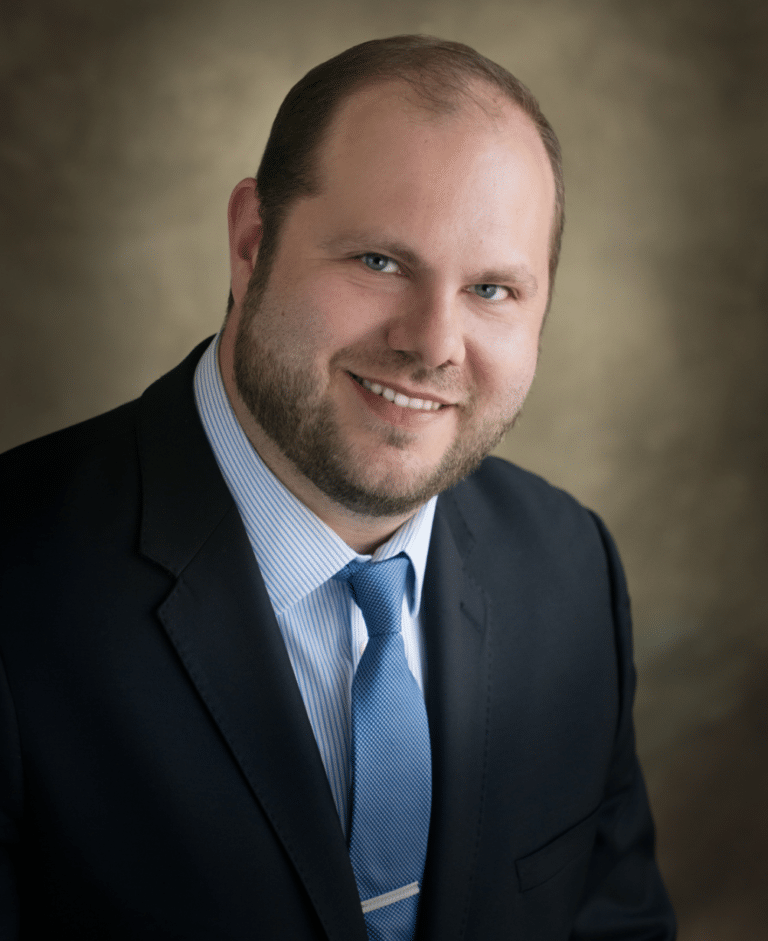As a Hispanic doctor, born in Colombia, I am concerned about the rise in COVID-19 cases in the Hispanic population. I think that one of the most important factors is the lack of education. Patients come to our hospital and once I talk with them and hear their stories, I’m surprised by their lack of knowledge about the coronavirus and the ways they can get infected.
One of my patients came in complaining of fever and lack of taste and as soon as I asked her if she was social distancing, she answered that she was wearing the mask but was recently at a party with her friends. My patients are assuming that they can’t get infected, and it’s heartbreaking to see how wrong they are.
There is also the contrast of the patient who was staying at home, but her son had to keep working. His symptoms started but he did not take the precaution of social distancing, washing his hands, or wearing a mask while he was at home to protect his mother.
Unfortunately, COVID-19 is a new virus and we are learning about it daily. In the US Hispanic population, there is more prevalence for Type 2 Diabetes and Obesity, both of which put you at higher risk for COVID-19. Additionally, I’ve observed that the increase in cases in this population is related to not following the outlined protocols. Without social distancing, it is very difficult to stop the spread of the virus among family members and friends. Some patients also work in places where it is difficult for them to practice social distancing and many of my patients report not wearing masks.
One of my patients was so sick that she had to come to the hospital. She talked to me about her two kids and how she needed to continue working in one of the farms in the south of Georgia. Unfortunately, like many, she was unaware of social distancing and did not use a face mask or wash her hands consistently on the farm. She started with minimal symptoms including a headache and generalized malaise. One morning she woke up sweating with a fever and later that day, she developed shortness of breath. Fortunately, she did not require hospitalization in our intensive care unit and was admitted under my care in one of our COVID units. I could see in her eyes how scared she was, especially because she did not speak any English. Our hospital translation services helped decrease her anxiety, and I was able to discharge her back home, but she required oxygen.
I think it is important to create ways to educate the population on how to protect themselves. This is especially top of mind for the Hispanic population I work with. We have to share knowledge about COVID-19 and how to prevent it in order to decrease the spread of this virus in our population.
Ingrid Pinzon, MD FACP
Assistant Professor of Medicine
Department of Hospital Medicine




